Get in touch with a Wide Plank Specialist to discuss the finish options available for the floor you have selected and provide recommendations based on the look you are trying to create.
Performance Expectations for Wide Plank Floors Through the Seasons
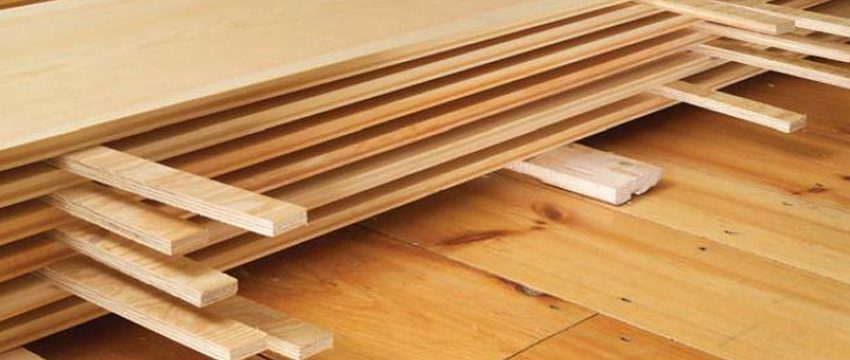
Ahhh summer…it brings months of sun, fun, unlimited outdoor activities and plenty of heat and humidity. But, if you live in Colorado, Illinois, Massachusetts, New York and other areas with “four seasons”, the heat and humidity can be quite a change from the sub-zero temperatures and snow.
 In fact, one of the most comment questions we hear: how will my wide plank floors perform with such seasonal variation?
In fact, one of the most comment questions we hear: how will my wide plank floors perform with such seasonal variation?
Let’s take a look at the subject of seasonal changes to address this common question, help you understand why Carlisle wide plank floors are more stable and also how you can you set the right expectations for your floors, from season to season.
Seasonal Changes
If you live in an area where there are regular seasonal changes, New England for example, you know that your home and everything inside it, changes “shape” a little bit, from season to season. In the summer, you may notice doors are a little harder to open because the wood has swelled from the additional humidity in the air. In the winter, gaps appear between boards in wood floors as the interior air becomes drier and the wood shrinks in response.
What do these two examples have in common? – humidity – the presence of moisture or lack thereof within the in-service environment.
It is a change in humidity (moisture), in the interior environment of a home that causes wood to expand or contract. In areas where there is very little change in the season, for example, Florida, year-round humidity is expected (and often times is well controlled within the structure through the continuous use of humidistats and air conditioning). It is important to understand that humidity outside your home has little impact on the floors if it is controlled on the interior, or if it’s exposed to uncontrolled conditions for only a short period of time. You may notice less movement once the wood is installed in the home, especially if it is acclimated properly.
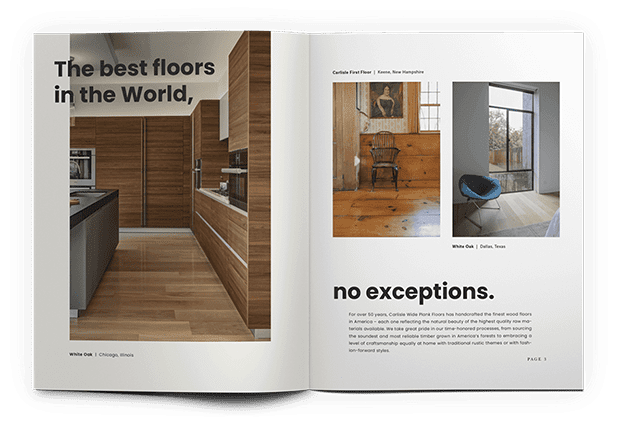
Endless Inspiration for the Floor of Your Dreams
GET DESIGN BOOK Performance Expectations of Hardwood Flooring
Performance Expectations of Hardwood Flooring
Whether you install a 3” wide board or a 10” wide board, each will move at a similar ratio and to a similar degree in response to humidity changes within the interior environment. In the grand scheme, wider boards will reveal fewer gaps, since there are fewer boards and fewer seams. This will contribute to a more beautiful design aesthetic.
When wood takes on moisture it will swell (get bigger). When the environment dries out, the wood will dry out causing it to shrink (get smaller). In the case of solid wood floors, wood moves primarily across the width of the board; not the length of the board. Boards will only get wider or narrower, never longer or shorter.
Minimize the “Risk” of Humidity in Flooring
You can’t ever mitigate all “risk”, but you can minimize expansion and contraction in wood by investing in the best quality flooring and following the proper installation and acclimation procedure for your floor, and its surrounding environments.
Invest in Quality Wide Plank Flooring
“The bitterness of poor quality remains long after the sweetness of low price is forgotten” — Benjamin Franklin
All wood floors are not created equal. Carlisle wide plank floors, for example, are crafted using tried and true manufacturing methods not employed by other wood flooring companies:
- Use older, more mature timbers
- Cut boards from the best part of those timbers
- Slowly air and kiln dry the wood prior to manufacturing
- Slow down the manufacturing process to allow for careful grading of each board for more heartwood and vertical grain
- Use the highest quality core material when manufacturing engineered hardwood flooring.
By comparison, most of the material that is used for wood flooring comes from 30-40-year-old timbers, is cut up into little pieces, kiln dried and manufactured as quickly as possible — it is about the lowest cost and the highest volume.
We recognize that it is sometimes necessary to save money, but given the importance of wood floors to the structure, aesthetic and function of a home, that is not the place to cut corners with a lower-priced, lower quality floor.
We also offer both solid wood flooring and engineered wood flooring styles, so depending on your environment and your expectations for the flooring, we can recommend the best structure based on the flooring you have selected.
Hardwood Floor Acclimation
Definition: physiological adjustment by an organism to environmental change.” merriam-webster.com
Investing in the best quality wood floor is the first and most important step in ensuring success with a wide plank floor. The next step is acclimation. In our case, the “organism” is a wood floor, but this applies to all wood products in the home, windows, doors, kitchen cabinets, wall paneling.
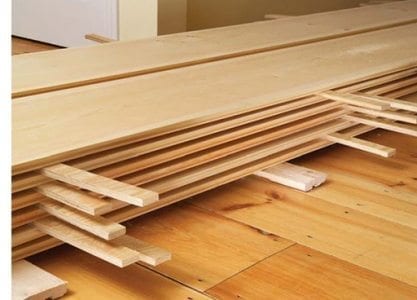 Wood is a living thing, it breathes and takes on moisture and releases it. Acclimation is one of the best ways to orient the wood (doors, floors, windows, cabinets) to the home environment prior to installation. This “exposes” the wood to the environment, prior to installation and allows for it to adjust and become comfortable with those conditions prior to installation. It is important to acclimate the flooring to its space after the environment within the structure has been conditioned to the expected “live in conditions”.
Wood is a living thing, it breathes and takes on moisture and releases it. Acclimation is one of the best ways to orient the wood (doors, floors, windows, cabinets) to the home environment prior to installation. This “exposes” the wood to the environment, prior to installation and allows for it to adjust and become comfortable with those conditions prior to installation. It is important to acclimate the flooring to its space after the environment within the structure has been conditioned to the expected “live in conditions”.
For example, you wouldn’t want to acclimate the wood to moist conditions, and then turn on your radiant heat or central air system and dry the wood out. Those should be operational before acclimation to ensure that the wood is being exposed to the correct interior environmental conditions.
If you have a newly constructed home, it is very important to allow moisture from “wet trades” (such as foundation/concrete, drywall, and painting) to dissipate and dry so that these one-time moisture sources do not adversely affect the wood.
Acclimation is not an exact science, it varies depending on the wood you use, where you are located, and the seasonal environmental changes expected in the home. It is important to work with your builder and/or installer to ensure the structure is at a proper stage of completion, with a stable interior environment, and that the wood is acclimated properly prior to its installation.
Download Carlisle’s Wood Floor Acclimation Tip Sheet
 Hardwood Floor Installation
Hardwood Floor Installation
Installation can have a big impact on the performance of your floor (note: even the best installation won’t stop a poor quality floor from performing negatively.
It is important that the wood floor you install meet certain standards of quality — some of which have already been pointed out.
The installation methods used to attach the floor will vary depending on the wood type, subfloor, and environment. It will involve nail and glue, or full glue down, depending on installer preference and subfloor type.
TIP: It is a good idea to install all baseboard trim after wood floor installation so your installer can include expansion gaps, as required.
View Carlisle’s Resources for Builders and Installers
Get Expert Guidance
Carlisle wide plank floors have been installed all over the world, from Kuwait to Kauai to Kentucky. Don’t be misled by misinformation that may try to persuade you that you can’t use wide plank floors in your environment, whether you think it is “too dry” or “too wet”.
Download our Wide Plank Floor Radiant Heat Guide to know what questions to ask a potential wood flooring supplier to make sure the product will be stable on radiant heat.
– – – – – –
Let us answer all your questions and help you select the best wood flooring for your project. Request a complimentary Design Consultation today to partner with a Carlisle Wide Plank Specialist.


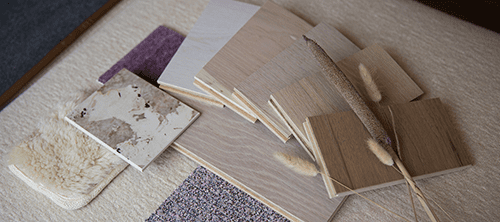
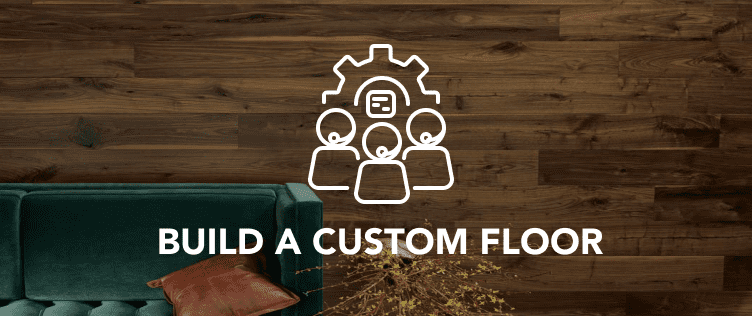
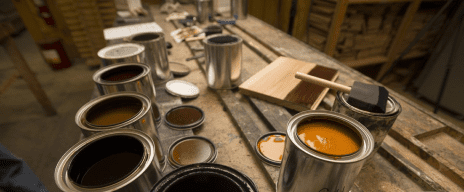

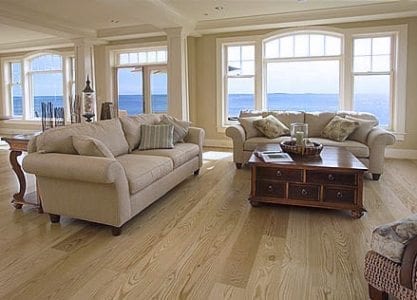
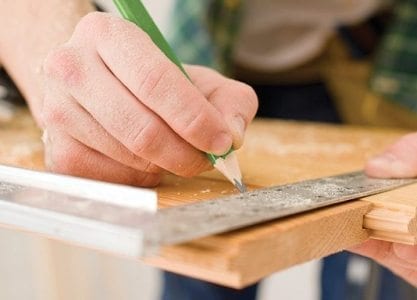 Hardwood Floor Installation
Hardwood Floor Installation